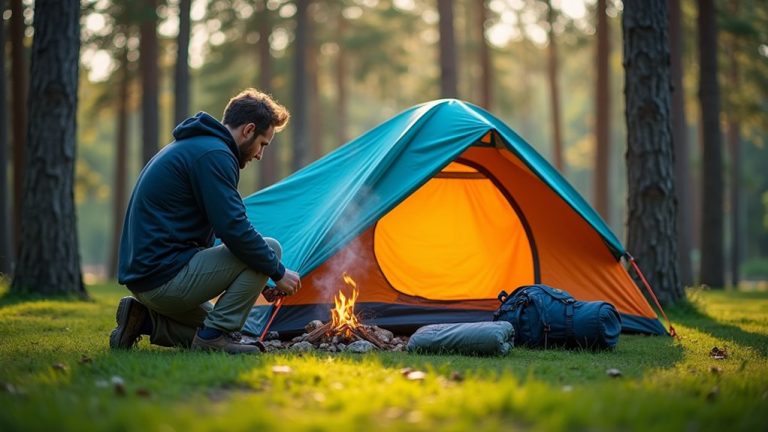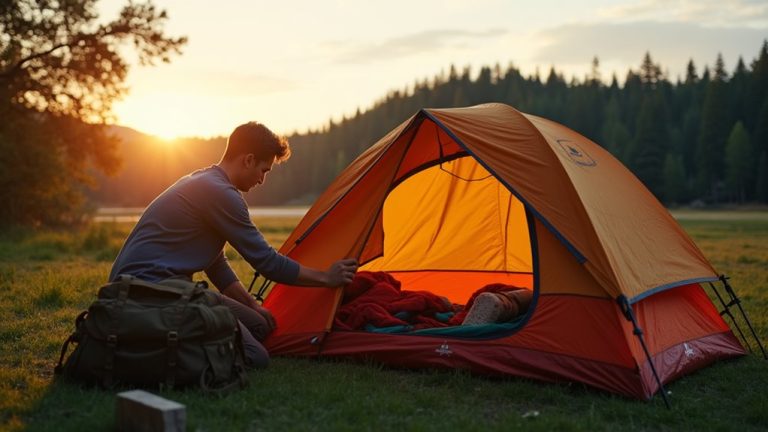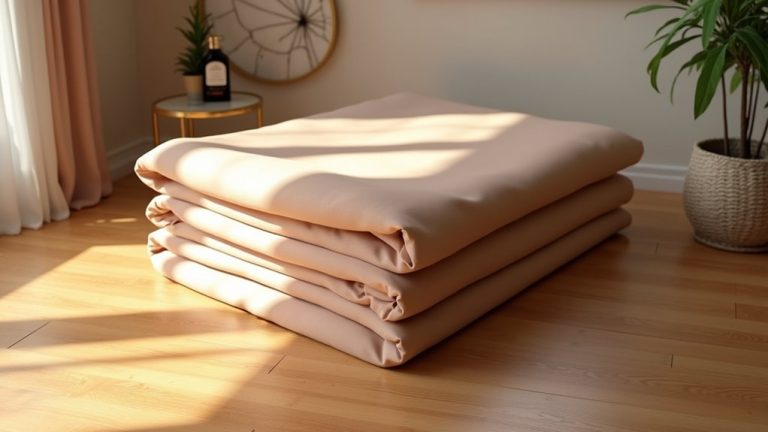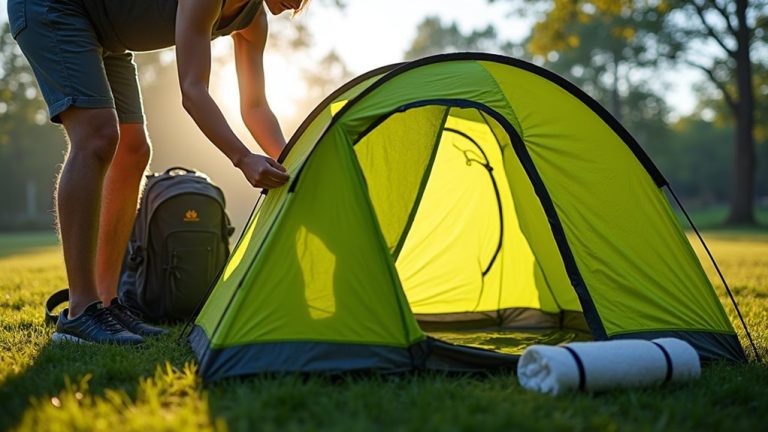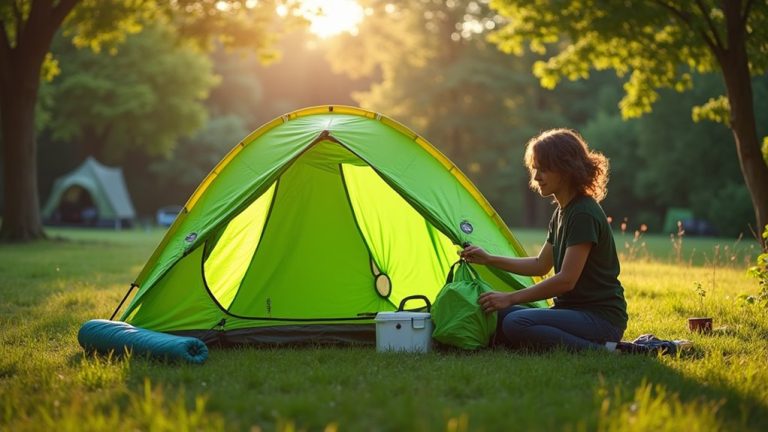How To Heat A Party Tent
Heat a party tent well by using a heavy, insulated tent. It keeps warmth inside. Use propane or electric heaters based on your power source. Calculate the needed BTUs with this formula: Tent volume × Temperature rise × 0.25. Place heaters near the tent edges. Use diffusers to spread heat evenly. Block cold wind by adding sidewalls. Put insulated mats on the floor to keep heat from escaping. These simple steps create a warm, cozy tent. Ready for a great party!



